#ProductDevelopment
Kia's Future Will Be Sportier, but Let's Not Kid Ourselves
Hyundai has clearly committed itself to sporting models. While we’re positive the new N badge will attach itself to a handful of undeserving models in the years to come, go-fast versions of the overseas i30 and North American Veloster show it won’t be the norm. The brand seems to have hit upon something and intends to keep funneling high-performance models through its N sub-brand.
Now with a sporting model of its own, Kia wants in on the fun. But the Stinger GT looks to be in a safe place as the company’s premiere performance model for a while. Rather than focusing on lap times, the Korean brand intends to build smaller range of GT models with an emphasis on everyday performance. That could be a kinder way of saying “watered down,” or simply an admission that Kia wants fun-loving automobiles but knows it can’t step on Hyundai’s toes.
Toyota Says Supra Development Team Stopped Talking to BMW Years Ago, Hasn't Ruled Out Manual
Shrouded in secrecy and driven by hype, the next Toyota Supra has been a tough nut to crack. However, its co-development with the BMW Z4 left us thinking we’d soon have a situation akin to the Toyota 86 and Subaru BRZ.
In this case, it possible that calling the cars “jointly developed” might not be entirely fair. While they share a lot of the same hardware and will be assembled at the same Magna Steyr factory in Graz, Austria, development teams severed their ties in 2014 after establishing the necessary hardpoints. Since then, they’ve adding their own secret spices to ensure a unique flavor.
Think chicken à la king and chicken korma in a best-case scenario, or chicken parmesan and chicken parmesan with a little more sauce in the worst.
Job One: Ford Creates Special Group Tasked With Developing "Profitable, Competitive" Vehicles
Ford formed a team this week, called it the “Enterprise Product Line Management (EPLM) group,” and put it to work with the company’s marketing, engineering, mobility, and product development arms to overhaul the company’s product lineup. The goal is to study what customers want and use that information to build more profitable, competitive vehicles.
The team is split into ten smaller divisions that will focus their efforts on a specific model or product group — including everything from electric models to rugged off-roaders. However, EPLM won’t simply be responsible for their development — it’s also in charge of making sure customers are engaged with everything Ford offers, and that the products are brought to market swiftly, sell well, and remain profitable to manufacture. That’s a pretty full plate, if you ask us.
Godzilla's Revenge: Next GT-R to Bring Class-leading Fastness, Brick-like Styling
Nissan launched the GT-R as successor to the high-performance Skyline variant of the same name. Considering the old platform’s reputation as a giant slayer, expectations were incredibly high, but Nissan surpassed them when it launched the GT-R in 2007. The following year, “Godzilla” reached American shores to embarrass most everything on four wheels — getting a little faster every year until it plateaued around 2013.
While still one of the quickest vehicles most people will ever lay their chapped and quivering hands upon, the R35 GT-R is no longer impervious to counterattacks and remains fairly expensive. It’s also getting very old. A technological marvel when it debuted, the GT-R has lost its edge and has gone from a totally unbelievable sports car to one that’s just stunningly impressive.
Nissan can’t have that.
Jaguar F-Type Could Launch 2+2 Variant On Revised Platform
Jaguar is apparently considering bringing the XK out of retirement. Discontinued for the 2015 model year, the automaker didn’t see much reason to keep it around with the F-Type being such a success.
Hanno Kirner, Jaguar Land Rover’s director of corporate strategy, now claims the time has come to commence work on a 2+2 F-Type. However, the brand wants to further re-establish itself as a sports car manufacturer. The F-Type was a good start, and the spiritual successor to the XK will further that goal. But Kirner, along with design head Ian Callum, wants to see a whole family of new sporting vehicles populating Jaguar’s stable within the next decade.
Time's Up: Tesla Missed the Deadline for Its Nationwide Autonomous Test Drive
While The Truth About Cars has occasionally been accused for having it in for Tesla, the honest-to-god-truth is that we just possess a severe aversion to unbridled hype. Autonomous cars have made a lot of progress in the last few years, but there’s something about the way manufacturers talk about them that makes us want to say, “Interesting, but we’ll believe it when we see it.”
Automakers love making grandiose claims and Tesla Motors’ Elon Musk may be the prince of hyperbolic statements and lofty promises. He should be commended for delivering on many of them. Still, though there have been many occasions where the other shoe dropped and it was our job to report it. We’re having to do that again, now that Tesla has missed its initial deadline to dazzle the world with an autonomous cross-country road trip.
VW Reportedly Working on VR6-powered Arteon R With Over 400 Horsepower
Volkswagen’s Arteon is shaping up to be a worthy successor to the outgoing CC — even if the brand doesn’t like framing it that way. With improved dynamics, technology, and on-road presence on offer, there is a lot to like about the brand’s “ five-seat GT car.” However, while the America-bound 2.0-liter TSI four-cylinder should offer serviceable acceleration, we wouldn’t have hated seeing VW offer something with a little more oomph.
Turns out we may be in luck. Volkswagen has a 3.0-liter turbocharged VR6 in development for use on the Chinese-market variant of the Atlas, and someone in the company had the good sense to cram it inside a prototype Arteon.
Ford CEO Outlines New Vehicle Development Plan, Shifts Investments, Trims Fat (and Models)
After much speculation, Ford CEO Jim Hackett has finally outlined where his company’s dollars will be spent in the foreseeable future. Hackett spent his summer performing what Ford called a “four-month deep dive” into the company’s strategy and business operations to see what changes needed to be made. His conclusions? This may surprise a few readers, but Ford will continue building and selling automobiles.
Alright, that isn’t a bombshell, but the brand is trying to frame itself as the Ford you’ve always trusted while also letting everyone know it’s still a “mobility company” with its eyes fixed on tomorrow. Without the public relations veneer, that plan translates into a reduced number of production models and trims, more money for electrification R&D, less for internal combustion engines, and a significant reduction in material costs.
Hackett’s address also served to reassure the nervous shareholders who ousted his predecessor, Mark Fields. Ford’s stock declined more than 30 percent during Fields’ tenure and many complained that his vision of transitioning from a traditional automaker to a Silicon Valley look-alike was partly to blame. Hackett did everything in his power to ease those fears.
“We’re going to be in the vehicle business moving both people and goods. Some myth about not being in the car business is gone,” Hackett told Wall Street.
The Lost Decade: Honda Exercises Hopeful Humility and Acknowledges Mistakes Made
While Honda has a long and storied automotive history, it has lost much of its luster in recent years. We won’t fault the Accord, as many of us have deemed it miraculous, nor the CR-V, which continues to gain sales momentum as the rest of the industry slows. But something definitely went wrong.
Pinpointing the first misstep is difficult, however. It might have been that we became accustomed to decades of repeated success, followed by a series of middling models that weren’t bad but showcased limited progression in the new millennium — past Civics being a prime example. Maybe it started with the sudden influx of recalls, kicked off by a reputation-crippling 11 million units equipped with Takata’s infamous and extremely dangerous airbags. Perhaps it was when Honda thought it would be a good idea to replace a simple volume knob with a touch-sensitive slider or its untenable partnership with Maroon 5 and Nick Cannon in 2013.
We could speculate endlessly. But the point is that Honda knows it screwed up somewhere along the line and has become trapped by a more stifling version of the methodology that once made it great. It’s now seeking a way out.
Toyota CEO Promises Automaker Will Be Better, Faster, Stronger
Jim Lentz, CEO of Toyota Motor North America, is going to great lengths to tell the world his company is only going to get better in the years to come — proving to his employer that he knows exactly what his job entails. In addition to explaining how the brand’s new modular architecture will give assembly lines much-needed flexibility, this week also had him announcing Toyota won’t dawdle anymore on getting product into consumer hands.
“I think we’re going to be quicker to market,” Lentz announced to the press at Toyota’s brand new $1 billion Texas headquarters on Thursday. “Before if you were part of the sales organization, you had your own legal team [and] HR team, so there was a lot of redundancy across the organization … we were able to streamline that and, with a lot of the headcount changes, we were able to hire more engineers to our operation in Ann Arbor, as we continue to develop vehicles here in North America, for North America.”
Apple CEO Dubs Self-driving Car Program 'the Mother of All A.I. Projects'
Apple has been perpetually flip-flopping in terms of developing autonomous vehicles. In 2014, the company was rumored to have begun work on an autonomous electric car, codenamed “Project Titan,” with hundreds of employees devoted solely to its development.
Management issues and logistical problems impaired its progress, leading Apple to abandon the project. Since then, Bob Mansfield has fronted a renewed effort to focus on building an autonomous driving system rather than a complete car. At least, that was everyone’s best guess, as the company has been semi-secretive about its mission since day one.
That changed on Tuesday, when CEO Tim Cook confirmed that Apple does indeed have a self-driving development program. The chief executive even went so far as to call it “the mother of all A.I. projects.” That’s quite the claim to make, considering making the tech work on a car is half the battle and Apple has no practical experience building an autonomous vehicle.
Subaru Has Finally Decided to Start Giving a Crap About Styling
Subaru is an automaker known for offering a highly specific brand identity and a quality product, but compelling styling has always been low on its list of priorities. While acknowledging the retro charm of its earliest Japanese models, it can be said that the company has never produced a particularly handsome automobile. The SVX was futuristic and interesting, but it wasn’t overtly sexy. And the visual appeal of the old bug-eye WRX or BRAT hinges entirely upon how oddball they were.
After 63 years in the business, Subaru finally wants to change that and place a stronger emphasis on design. However, despite having the least visually stimulating lineup in recent memory, the company could probably stay the course and still be fine. Subaru has done incredibly well in the United States. Annual U.S. deliveries hovered around 187,000 vehicles from 2002 to 2008 but grew fiercely in the following years. Subaru had a record-breaking 615,132 sales in 2016 and looks prepared to break that record this year.
So, why even bother changing anything when the current recipe works so well?
Mitsubishi Risks Segment Overlap by Delaying Important Outlander Redesigns
Mitsubishi is stalling the much-needed redesigns of its Outlander SUV and Outlander Sport compact crossover as engineers explore ways of sharing components with Nissan.
This means that, until the Outlander Sport gets its proposed downsizing, Mitsubishi could have two vehicles sharing a segment and potential customers when the 2018 Eclipse Cross hits dealerships. Both Outlanders were expected to assume a new form to better distance themselves from the Eclipse Cross compact crossover and each other. While they don’t look much alike, the Cross’ dimensions are only an inch-and-a-half away from the Sport.
It may make good financial sense to appropriate Nissan parts and platforms, but Mitsubishi would be shooting itself in the foot by having two models in the same segment — even if it were only for a year or two. Considering how important crossovers and SUVs are for the North American market, there is little benefit in bringing in the flashy new Eclipse Cross just to rob sales from another model.
The Shape of Things to Come? Generation Z Wants This, Right Now
It’s a bit like Scooby-Doo meets A Clockwork Orange.
Graduate students at Clemson University’s International Center for Automotive Research (CU-ICAR) spent two years working with Toyota to create the ideal vehicle for the next age demographic to leap into the car-buying fray: Generation Z.
No, we’re not talking about some stodgy Millennial born in 1985, with his cardigans and Dodge Journey. Generation Z refers to the cohort born in the late 1990s (at the earliest) onward, and these are the people automakers are going to start targeting right … about … now.
Tesla-Toyota Relationship On Hold After Rocky RAV4 EV Program
Just four years ago, Tesla and Toyota entered into a relationship where the former would supply battery packs for the latter’s RAV4 EV. In turn, Toyota invested $50 million in Tesla, and sold the NUMMI facility — which Toyota once shared with General Motors — for $42 million. Things have changed, in the sage words of Bob Dylan.



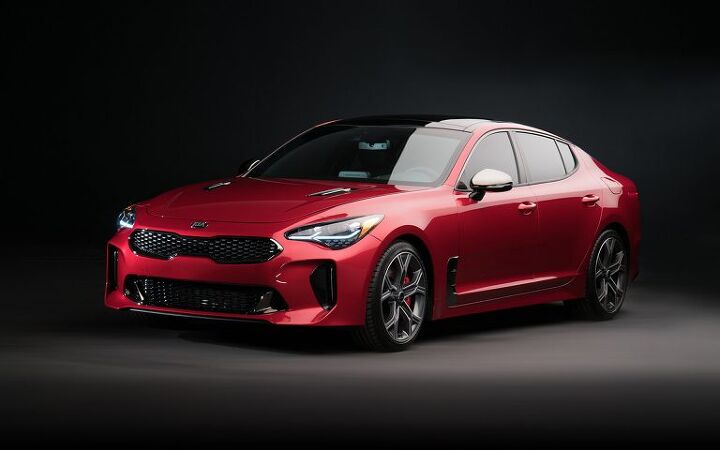
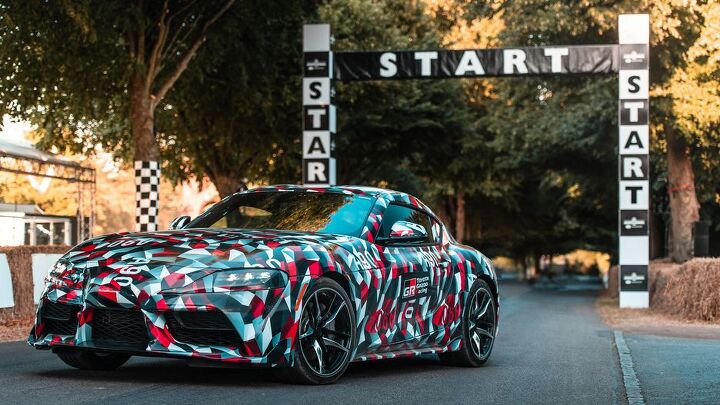

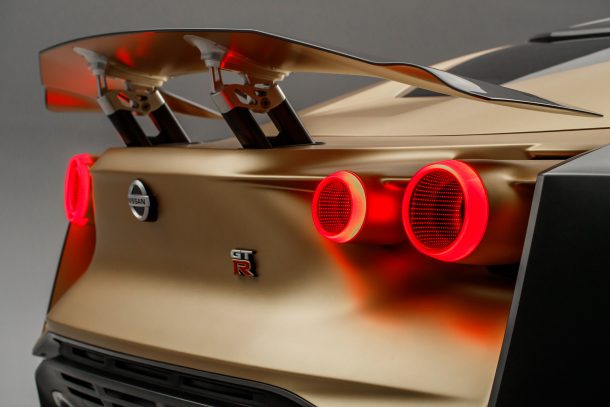
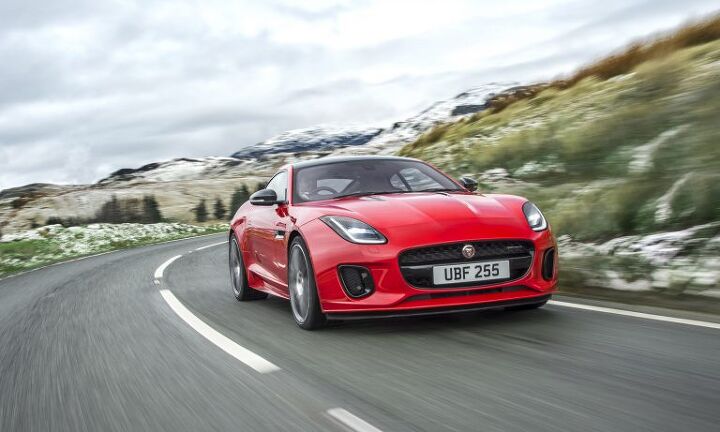

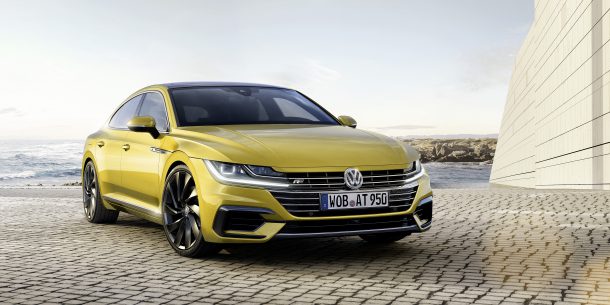
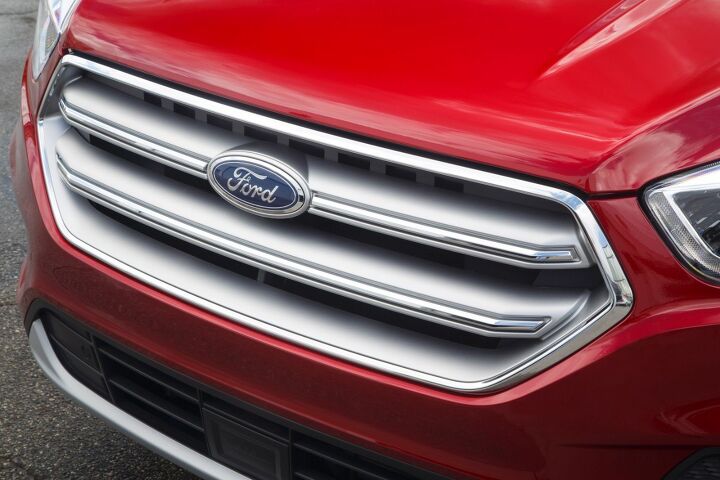
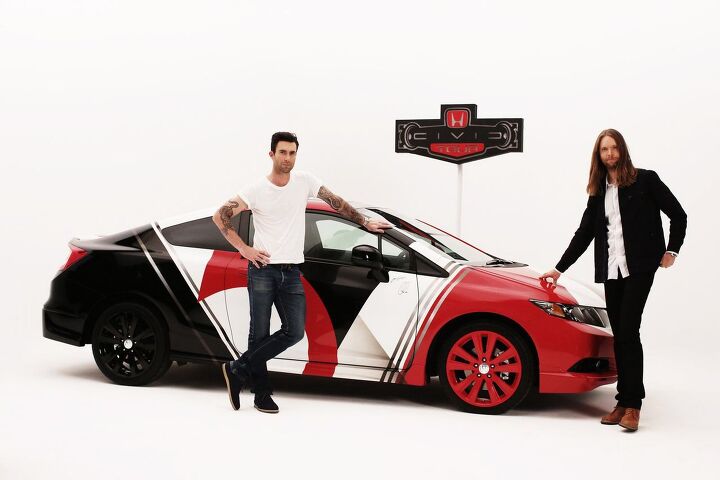

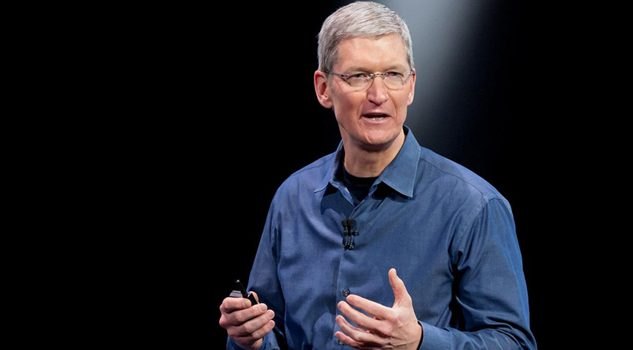



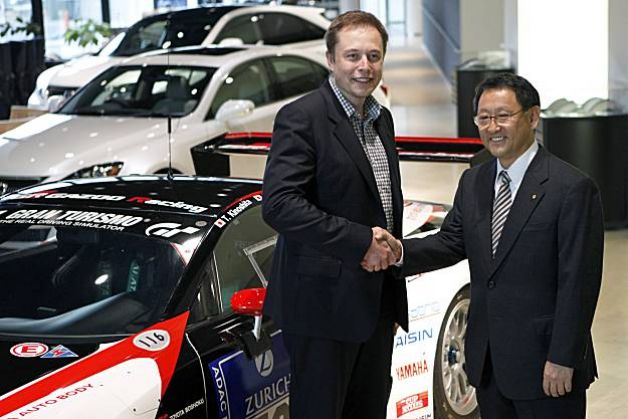












Recent Comments